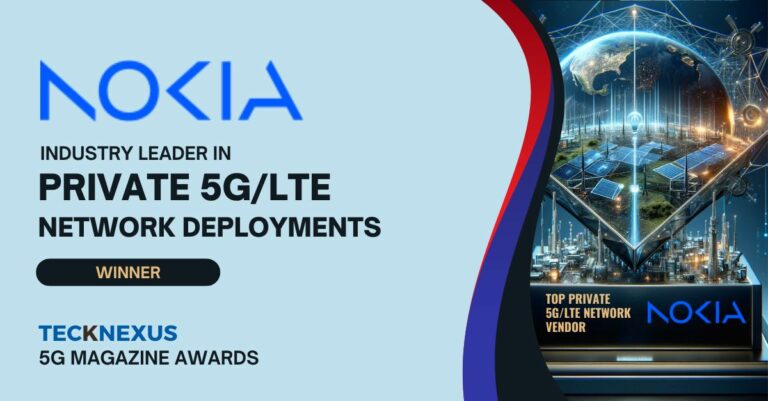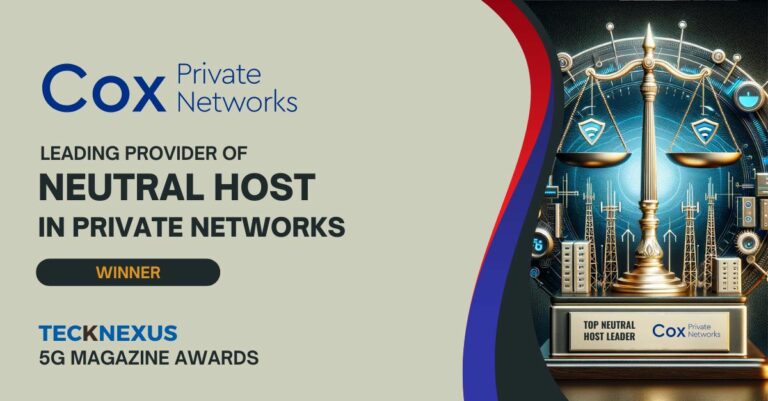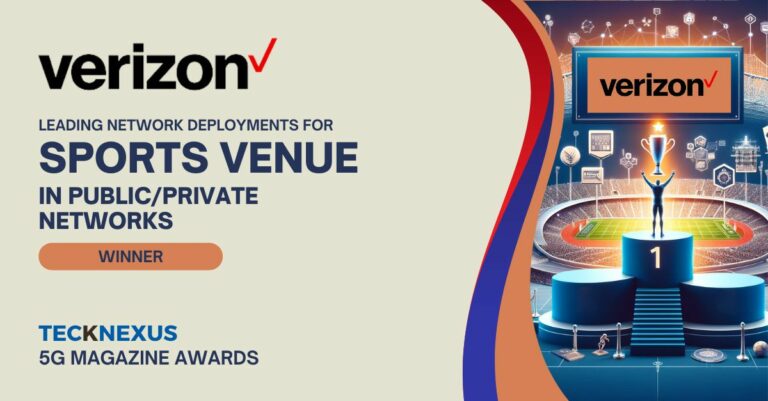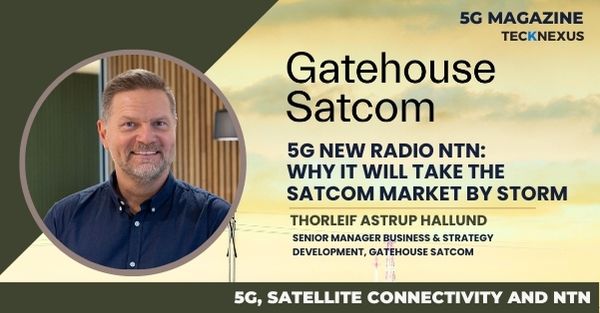Supermicro is also a member of both TIP and the O-RAN Alliance, as one of the workgroup editors.
Many of the early reference designs have been built on Supermicro hardware. And we continue to expand and engage with all the main industry players, the independent software vendors, and several operator networks. So for us, 5G RAN is another edge network application, and it fits beautifully with our standardized server technology. In each successive generation of its Xeon processors, Intel has enhanced the set to improve 5G baseband, networking, and AI processing. The latest fourth-generation Xeon server processors gain new instructions that enable Massive-MIMO capability and accelerate vRAN workload execution.
There has been a holdup in the lack of widely available GPS-enabled timing-sensitive Fronthaul NICs (FH-NIC) that would allow the separate and expensive Fronthaul Gateway appliance to be integrated into the DU. These FH-NICs are now becoming available from several suppliers, some even with integrated accelerators. The combination of these FH-NICs and the latest processors is at the maturity needed for large-scale deployment.
Supermicro will have a broad range of servers based on next-generation Intel Xeon Scalable processors for both 5G Core and RAN.




























































